|
The material on this website is intended for educational use only and may not be reproduced for commercial purposes without express permission from the appropriate copyright holder.
Le contenu de ce site Web est destiné à des fins pédagogiques seulement et ne peut être reproduit à des fins commerciales à moins d'en avoir obtenu la permission du titulaire du droit d'auteur approprié.
"Every inch of penetration westwards by first the francophone and then the anglophones was dependent on Native support for guidance, food, tactics and negotiations."
John Ralston Saul, Reflections of a Siamese Twin

The Emigrants' Welcome to Canada. L'accueil des immigrants au Canada. Acc. No. 1970-188-2056 Collection de Canadiana W.H. Coverdale Robert Cruikshank ca. 1820
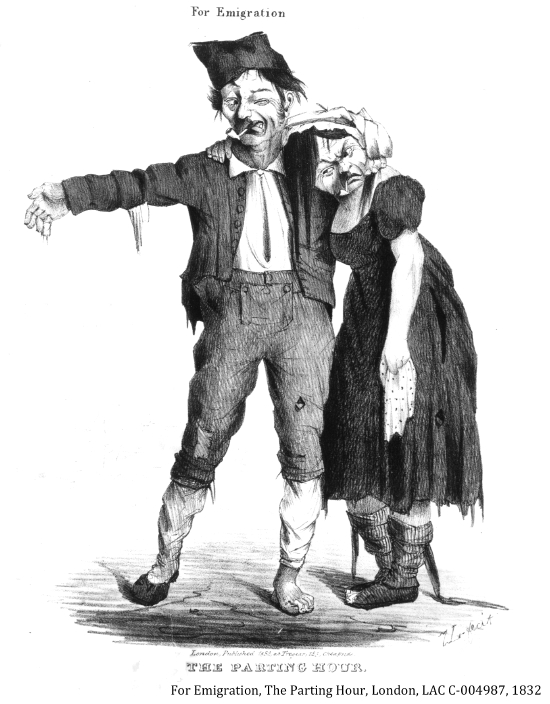

There's No Living in England, So Here's Off For Canada. LAC, Acc. No. Acc. No. R9266-3509 Peter Winkworth Collection of Canadiana, 1833

William Skelton, Toronto Reference Library, 1836. Notice.sb
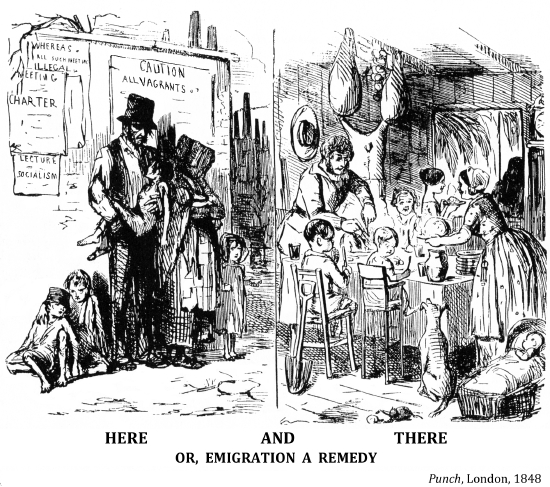

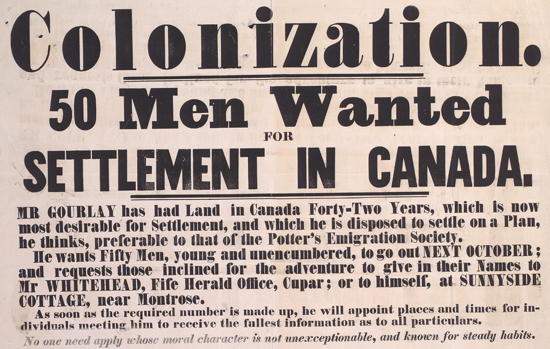
Toronto Reference Library TPL 2987
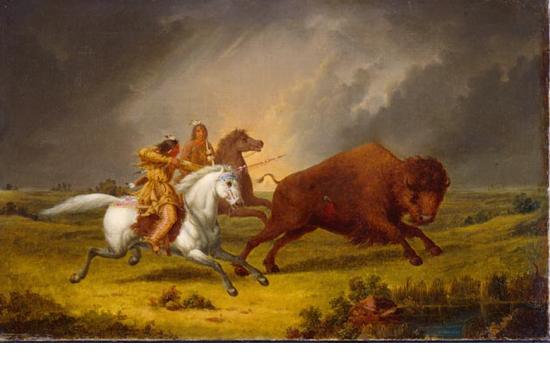
Assiniboine Hunting Buffalo National Gallery of Canada, 1846
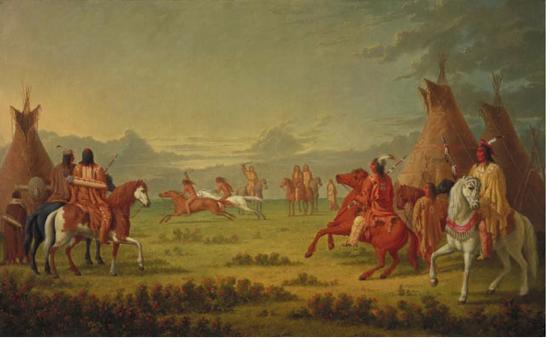
1851-56 Paul Kane Horse Race among the Blackfoot Indians National Gallery of Canada No. 6921
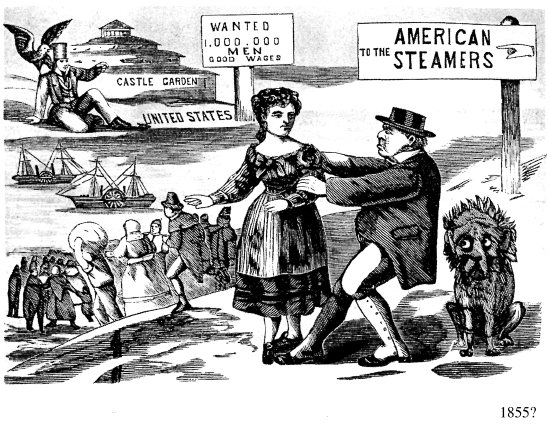

The Grand Trunk Railway, London, Toronto Reference Library, 1857, 385.71 G67 SMALL

Immigrants on board a steamer of the Saint_Laurent, Le Tour du Monde, 1 January 1861, Public domain, via Wikimedia Commons
"The march of civilization in the North West then began [1869-70], and today, instead of being a vast hunting ground and wilderness, it is the home of thousands of thrifty settlers, and with its transcontinental railway from ocean to ocean, placed Canada in the proud position of being one of the brightest jewels of the British Crown."
Alexander Begg, A History of the North-West, 1894-95
"The Canadian West was a settler colony where First Nations were dispossessed and relgated to small reserves and prevented from obtaining other land on their former territory."
Sara Carter

Currier and Ives, New York, F. F. Palmer, Across the Continent 'Westward the Course of Empire Takes its Way, 1868, LC90708413

CIVILIZATION AND BARBARISM, WINNIPEG, MANITOBA
William G. R. Hind, c. 1870, Baldwin Room, MTPL
"The Civ/Sav doctrine (Civilization/Savage) permeates Canadian culture and is obviously very powerful."
Emma LaRocque, When the Other is Me Native Resistance Discourse 1850-1990

AMERICAN PROGRESS
John Gast, c. 1872, Library of Congress

Full dress mounted parade by members of the Northwest Mounted Police on the occasion of the visit of the Duke of Cornwall and York. Sept. 1901, LAC PA-202180
"With emigrants of all Nations flowing into the country [the prairies] we are in constant danger of an Indian war . . . This may be prevented only by an early organization of a mounted police."
Sir John A. Macdonald, 1871
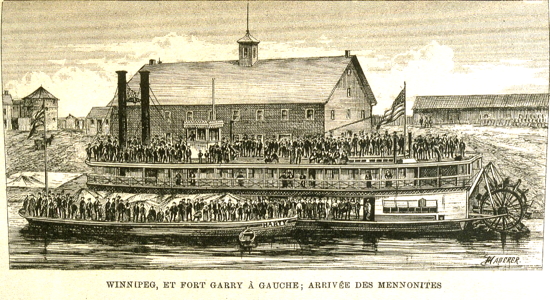
Winnipeg et Fort Garry a` gauche; arrive´e des Mennonites, 1874?, National Archives of Québec

Some of Miss Rye's emigrant girls. Quelques-unes des jeunes émigrantes sous les auspices de Mlle Rye. LAC, C-062672 Canadian Illustrated News, 1 May 1875

North-West Mounted Police, Fort Calgary. 1878, LAC C-008200

"If the Dominion Government intends to carry out a starvation policy with the Indians, then we will be no better than our cousins across the line, whom we condemn so lustily for their 'extermination' policy. We cannot allow the Indians to starve in our midst."
Prince Albert correspondent for the Saskatchewan Herald, 9 February 1880
"What for the Europeans was the gradual growth of settlement, economic expansion, material success, was for the Indian peoples a slow contraction of their country, social disintegration, s growing subjugation and the erosion of hope."
Stanley B. Ryerson, Unequal Union

W. B. MacDougall, Winnipeg, Toronto Reference Library, 1880
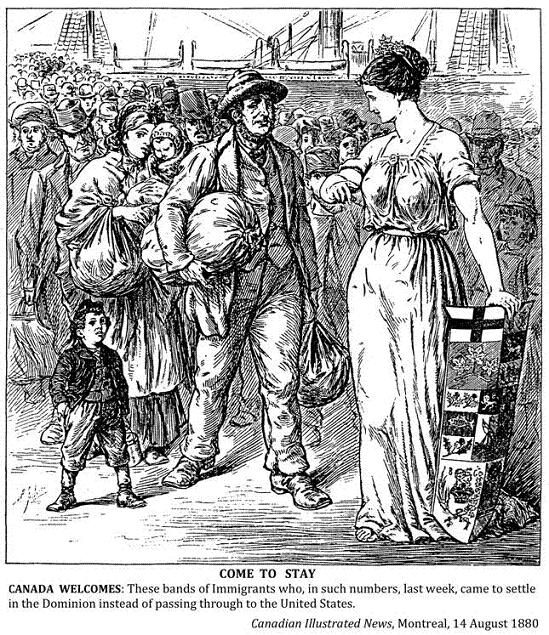



Crowfoot addressing the Marquis of Lorne; pow-wow at Blackfoot Crossing, Bow River, September 10, 1881. Crowfoot s'addressant au marquis de Lorne lors d'une assemblée d'Indiens à Blackfoot Crossing, en Alberta, le 10 septembre 1881.LAC, Acc. No. 1984-45-213, Sydney Prior Hall 10 September 1881
[The purpose of the Marquis of Lorne (Canada's governor general) tour of the North-West was to publicize western Canada. It was to show, unlike the United States, that peace and security prevailed.]
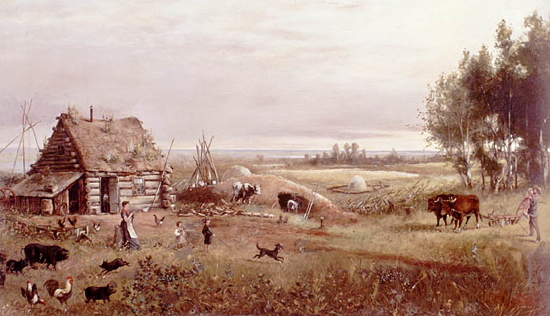
A Settler's Home near Carberry, Assiniboia District / La demeure d'un colon non loin de Carberry dans le district d'Assiniboia. LAC, Acc. No. 1989-446-22, Edward Roper 1887-1909
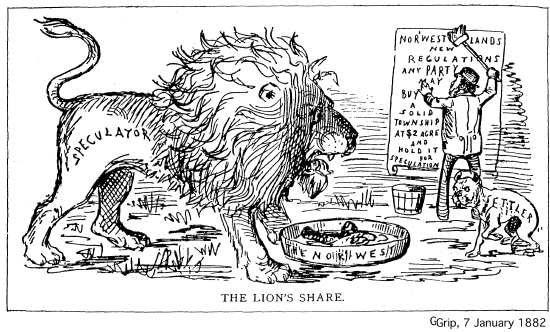



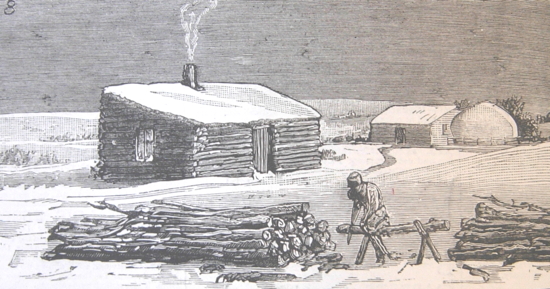
Homesteading DSCN1711

Wagon DSCN1712






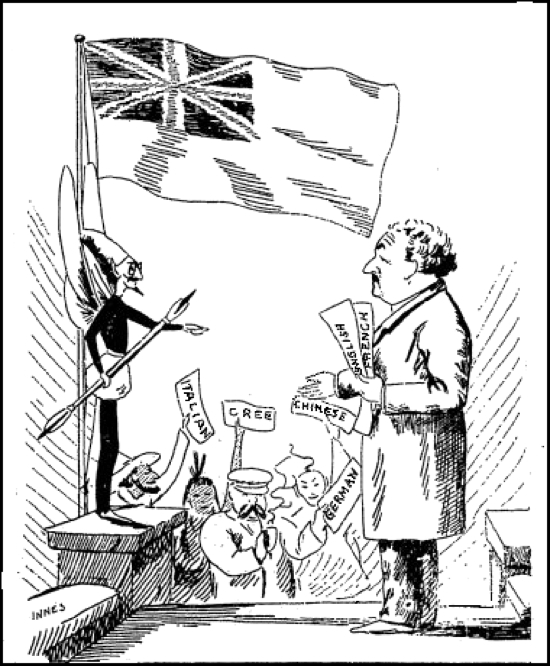
THE MODERN BABEL
GOV. ROYAL: Mr. Prairie, this is most distracting, what shall I do?
OUR FAMILIAR: Why, Your Honor, point to the British Flag and
tell them this is an English speaking community and they must
yield to circumstances.
HIS HONOR: Ah! My friend, obvious reasons make such a course
impracticable.
The Prairie Illustrated, Calgary, 11 April 1891


LAC NLC16301, 1 March 1892

Emigration and Immigration
Are more people entering Canada than leaving is the question that preoccupies the political newspapers.
Le canard, Montréal, 25 August 1894


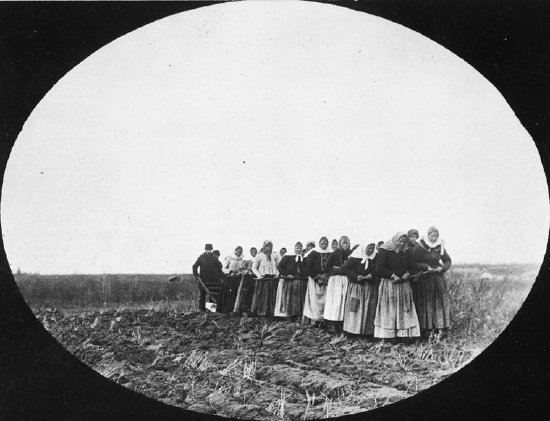
Doukhobor women are shown breaking the prairie sod by pulling a plough themselves, Thunder Hill Colony, Manitoba. c 1899 / Des femmes doukhobors labourent la prairie en tirant elles-mêmes une charrue, colonie de Thunder Hill (Manitoba), vers 1899. In 1898, 7,400 Doukhobors, translated literally from the Russian as "Spirit Wrestlers", escaped persecution by emigrating to what was to become Saskatchewan. Their motto:"Toil and peaceful life". LAC, C-000681

The official Northern Pacific Railway guide 1899, Internet Archive Book Images, No restrictions, via Wikimedia Commons

Galician immigrants at Immigration Sheds, Québec (Québec), 1900. LAC, C-004745


Breaking up the soil and bushes with horse drawn plough and axe, LAC PA-038567, 1920s?
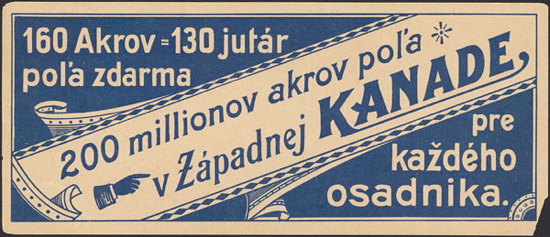
160 akrow=130 morg. austr. wolnej roli. Card in Slovak, advertising "160 acres of free land in Canada." [The North Atlantic Trading Company distributed this advertising card as part of its effort to recruit immigrants to Canada. Thousands of these cards in many European languages were circulated by mail between 1900 and 1905.] LAC C-089539, 1900-1905

La commission des frontie`res en voyage, 1900, National Archives of Québec

"As long as I live, as long as I have power to use in the service of my country, I shall repel the idea of changing the nature of the different elements. I want the marble to remain the marble; I want the granite to remain the granite; I want the oak to remain the oak. I want the sturdy Scotsman to remain the Scotsman; I want the brainy Englishman to remain the Englishman; I want the warm-hearted Irishman to remain the Irishman; I want to take all three elements and build a nation that will be foremost amongst the great powers of the world."
Wilfrid Laurier, speech 15 August 1900
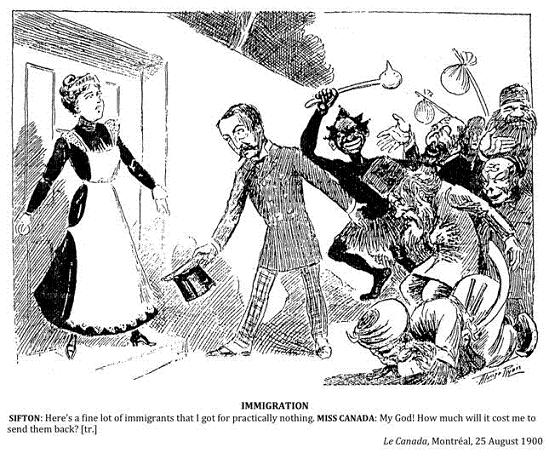
"My countrymen are not only those in whose veins runs the blood of France. My countrymen are all those people, no matter what their race or language, whom the fortune of war, the twists and turns of fate, or their own choice, have brought among us."
Wilfrid Laurier


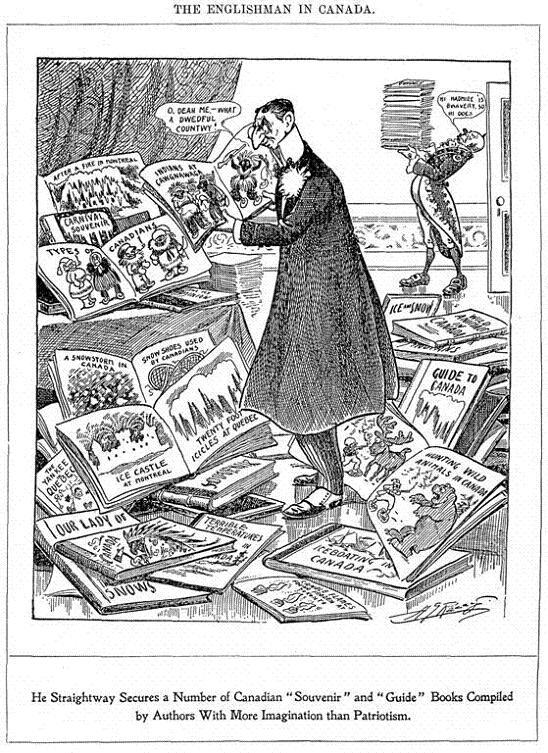
A.G. Racey, The Englishman in Canada , 1901.

Le monde illustrie, Montreal 14 December 1901
"Colonialism is the invasion and occupation of other lands for the purpose of settlement and/or acquiring resources."
Gord Hill, The 500 Years of Indigenous Resistance Comic Book
"Land is literally at the heart of the colonial objective. . . Colonial Indian policy was similar throughout the Americas: (1) acquire Indigenous lands and resources. . . and (2) get rid of the Indian problem through either elimination or assimilation."
Pamela Palmater, The 500 Years of Indigenous Resistance Comic Book

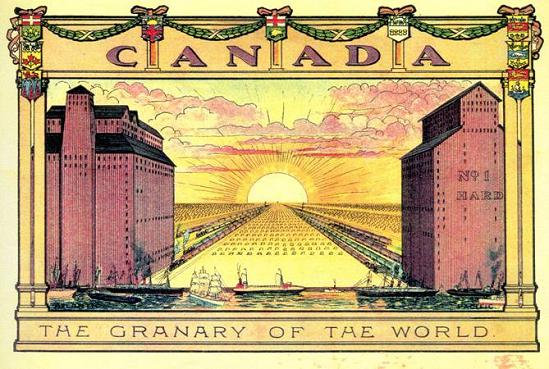
Canada the Granary of the World. Department of the Interior. LAC, Acc. No. R1300-483.1R, ca. 1903-1904
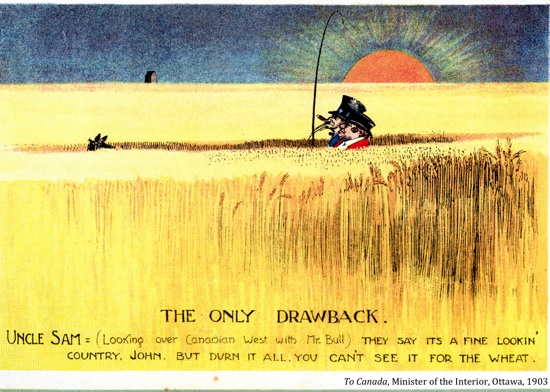

To Canada , Minister of the Interior, Ottawa, 1903

To Canada , Minister of the Interior, Ottawa, 1903

To Canada , Minister of the Interior, Ottawa, 1903
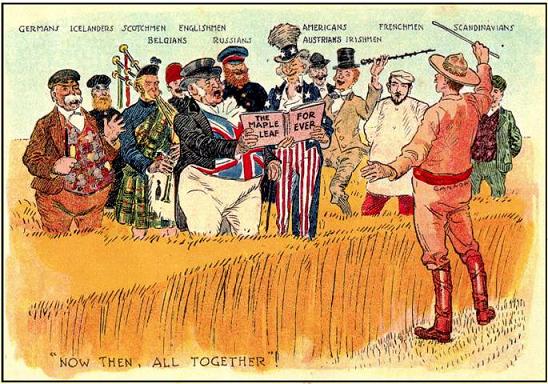
To Canada , Minister of the Interior, Ottawa, 1903
"As George Foster calculated in 1912, Canada faced a comparatively more difficult task than the United States because while the Americans had ninety million people to assimilate one million newcomers annually, the Dominion with eight million had to absorb five hundred thousand each year. In other words, while the United States had ninety-two people to absorb each immigrant, Canada had only sixteen."
Carl Berger, The Sense of Power , 1970
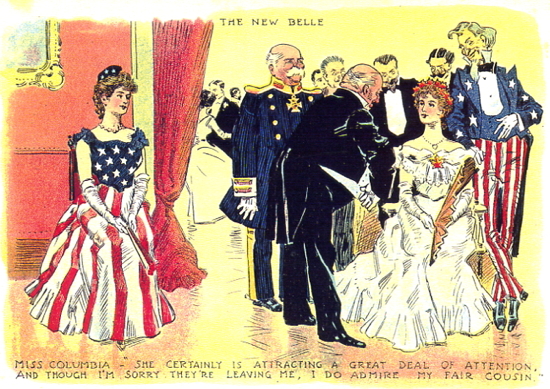
To Canada , Minister of the Interior, Ottawa, 1903
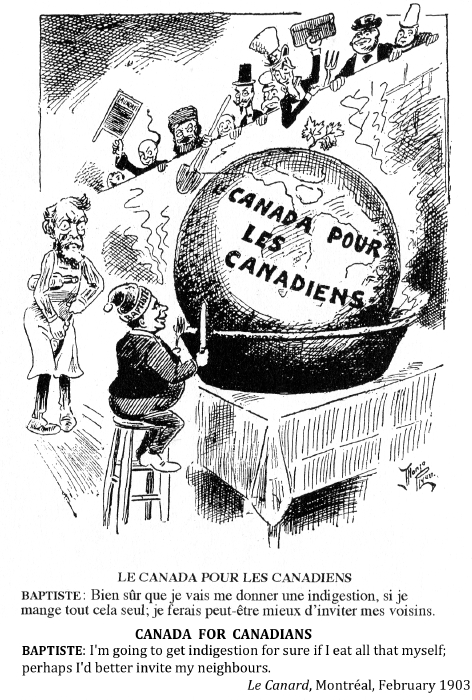

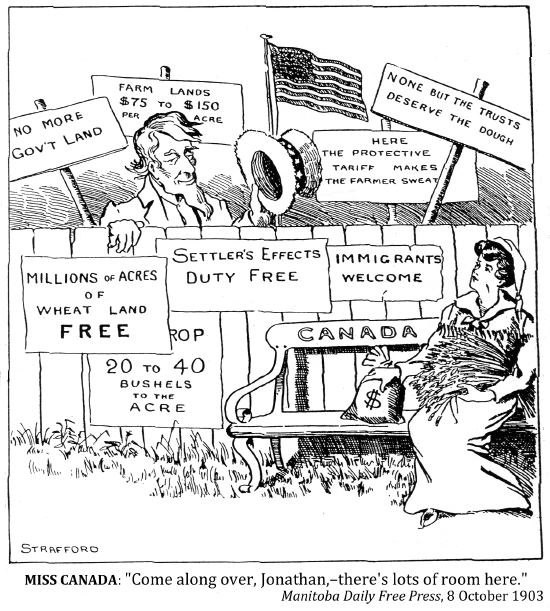

Poster advertising a lantern slide lecture. LAC e010900471, 1903-1906
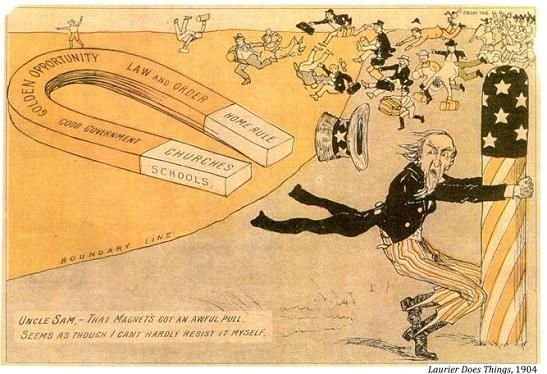
University of Alberta Library

Immigrants Dock at Quebec. Le quai d'immigrants à Québec. LAC, Acc. No. R9266-273 Collection de Canadiana Peter Winkworth, Sydney Higham ca. 1904



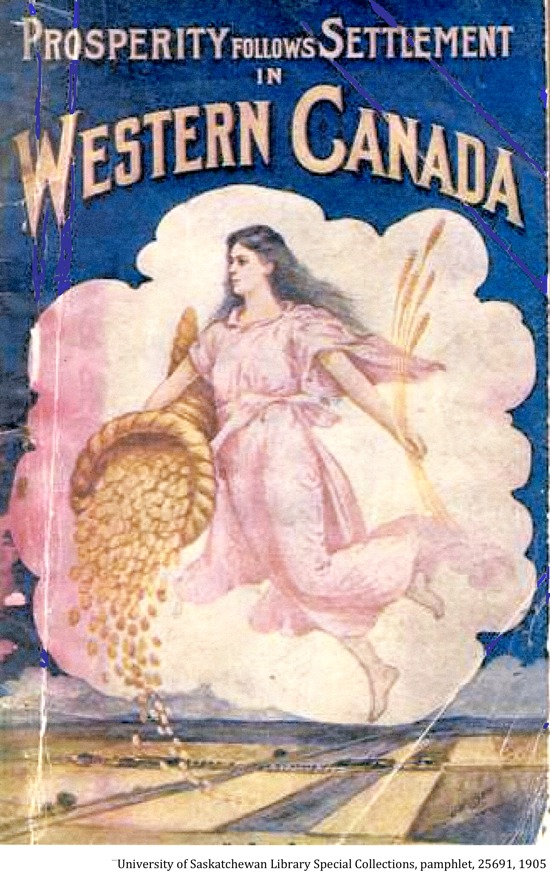



"I think a stalwart peasant in a sheep-skin coat born on the soil, whose forefathers have been farmers for ten generations, with a stout wife and half dozen children, is good quality."
Sir Clifford Sifton, Minister of the Interior, 1896-1905

Settlers from the United States crossing the western prairies heading for the wheat fields. LAC, C-011553 The Canadian Magazine , 1906

"The first and most imperative condition is that the immigrant shall give this country his first allegiance . . . unless he is prepared to be a Canadian first . . . he is in this country under false pretenses. He should pack his trunk and go back where he belongs. He is not wanted here."
John W. Defoe, Winnipeg Free Press, 1913

THE MINISTER: Here is beautiful land that is waiting for immigrants.
BAPTISTE: You don’t need to empty the prisons of Europe to find somebody to give the land to. I have a family to establish.






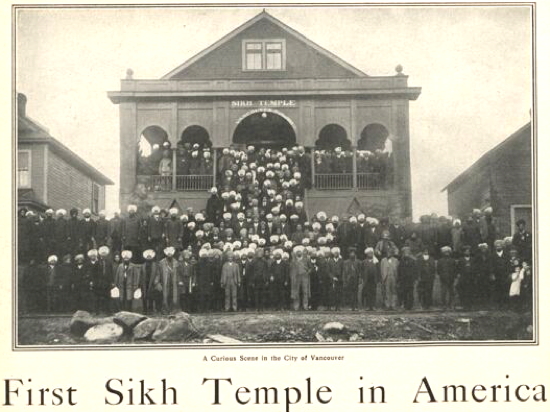
The Canadian Courier, Toronto, 1908


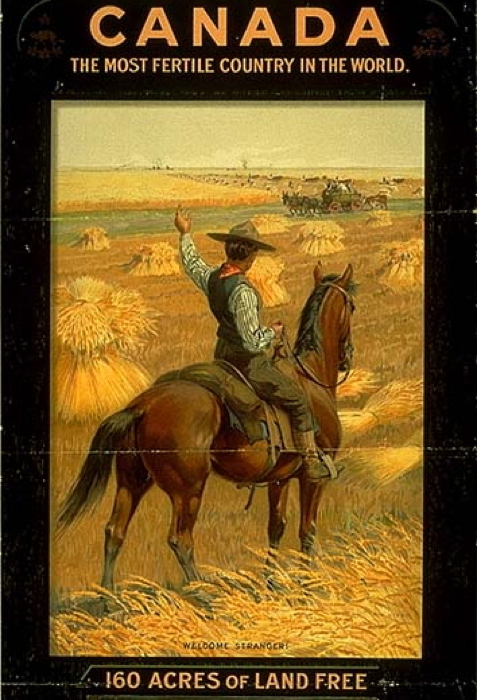


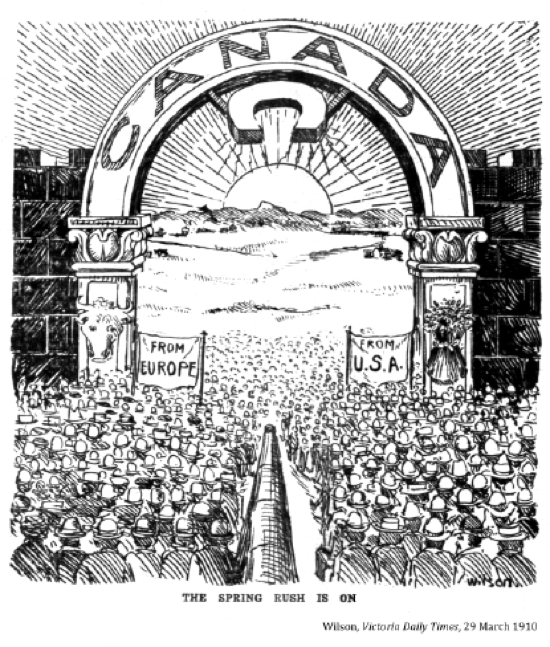
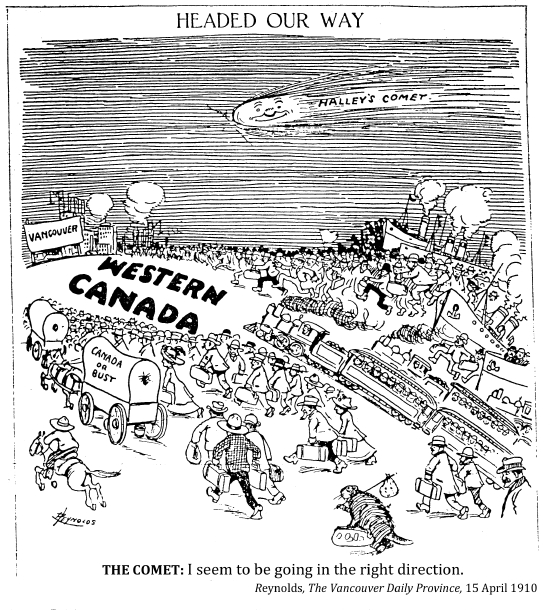

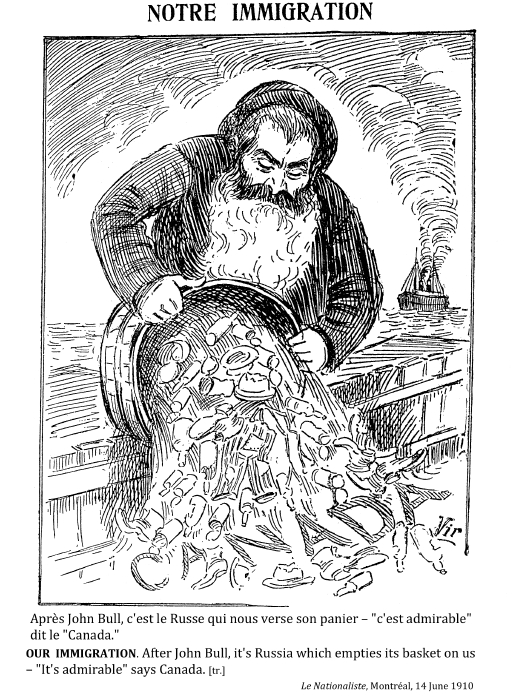
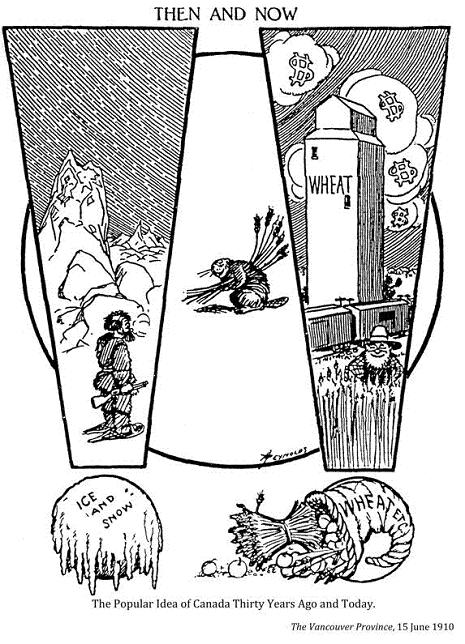


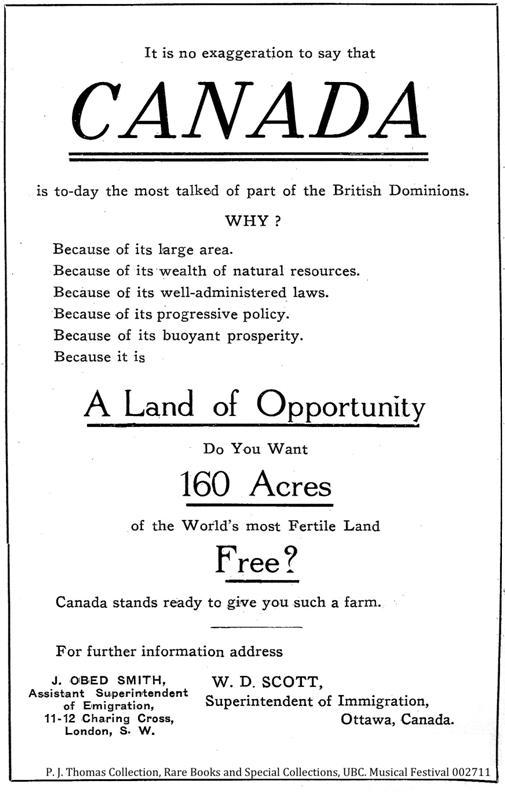


Life, New York, 12 January 1911

The Canadian Courier, Toronto, 30 December 1911

J. W. Sheepes, Canadian Northern Railway Company,1912
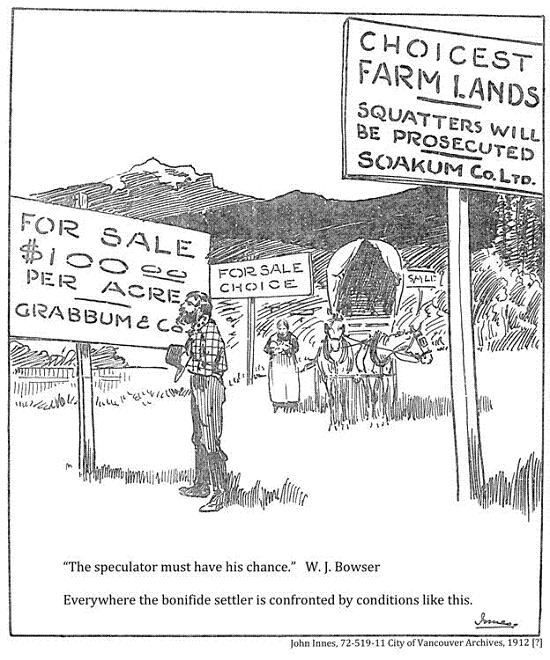

British Columbia, Minister of the Interior, Ottawa, Thomas Fisher Rare Book Library, CAP00605, 1913
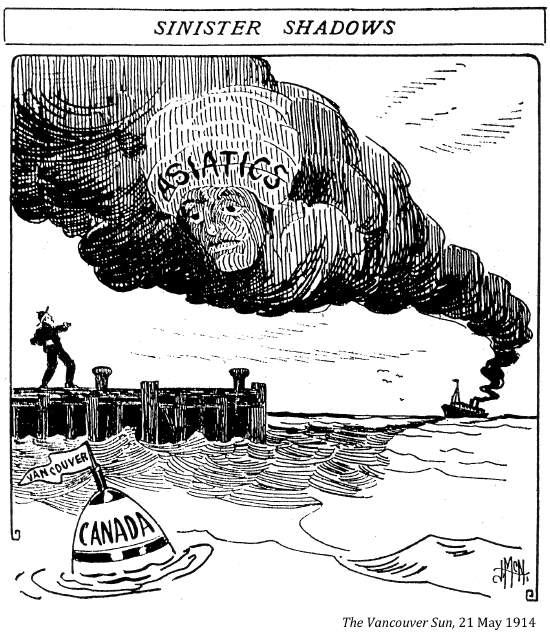



Indian immigrants on board the KOMAGATA MARU in English Bay, Vancouver,British Columbia. 1914. Immigrants indiens à bord du KOMAGATA MARU dans la baie English, Vancouver, Colombie-Britannique, 1914. LAC PA-034015
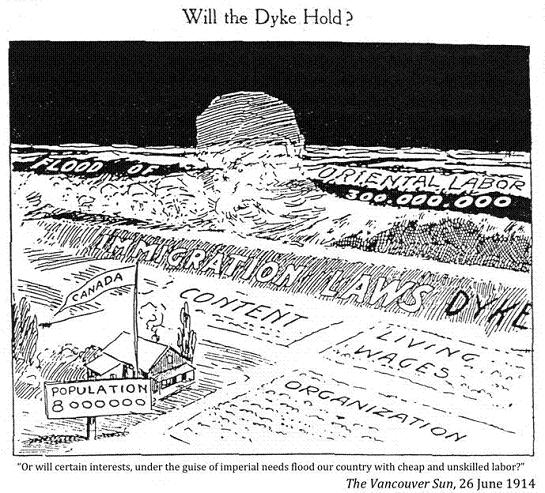

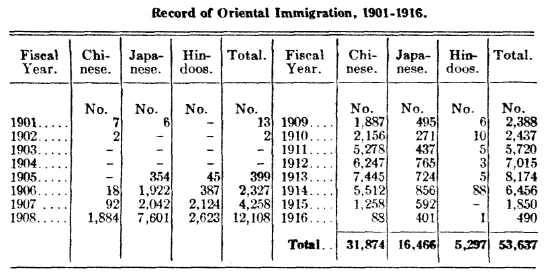
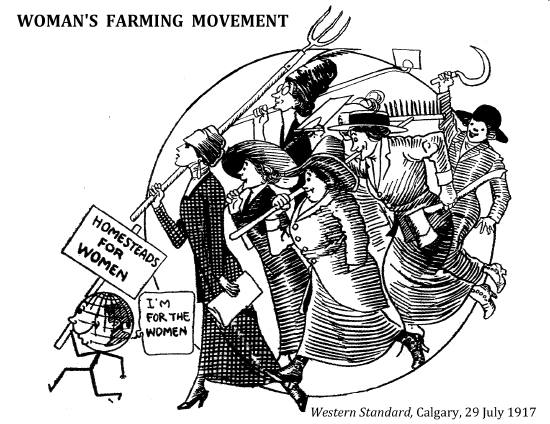
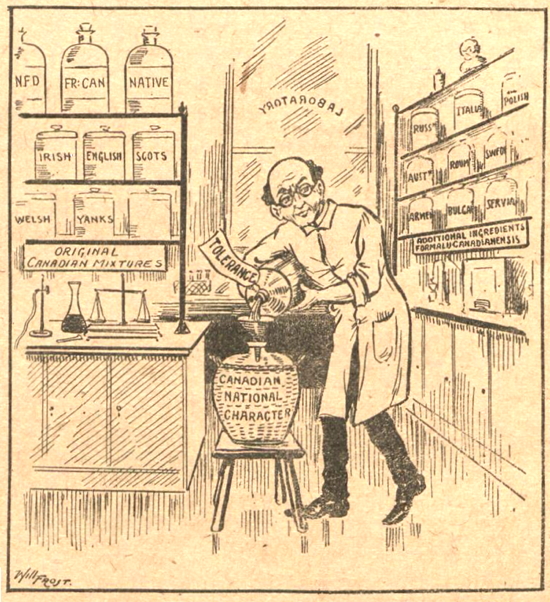
Will Frost, Canadian Courier, Toronto, 1 September 1917
“[Canada is involved in] the process of assimilating races and languages into a more or less homogenous people. . . What system of assimilation can be adopted that will make real Canadians of people who speak a score of languages and are steeped in foreign customs?”
The Canadian Courier, Toronto, 25 July 1914


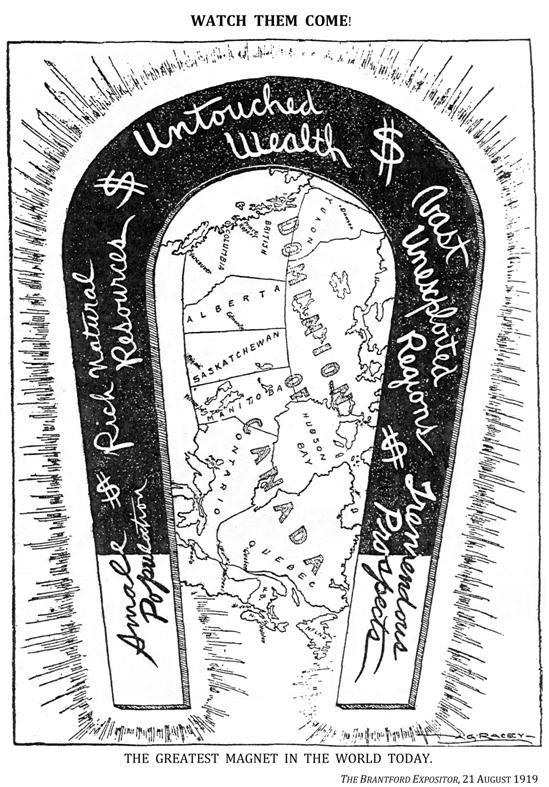

H. Glynn-Ward, Writing on the Wall, The Sun Publishing Co., Vancouver, 1921

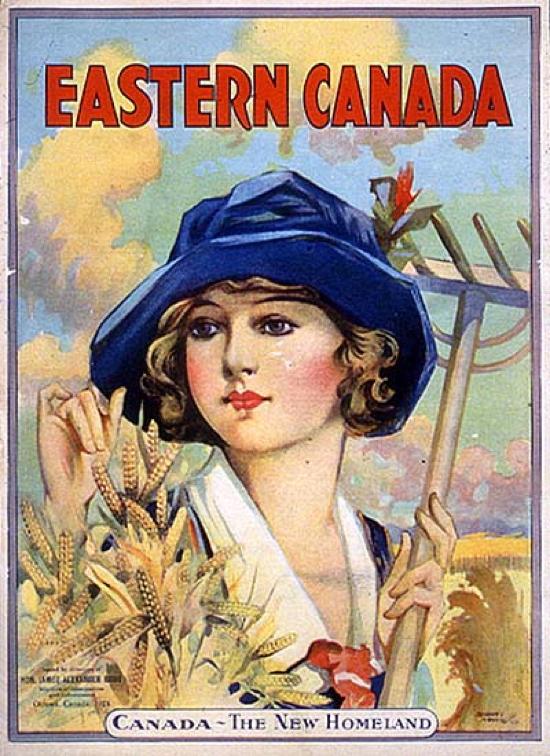
Minister of Immigration and Colonization, 1924, Library and Archives Canada

Glenbow Archives na-3818-2

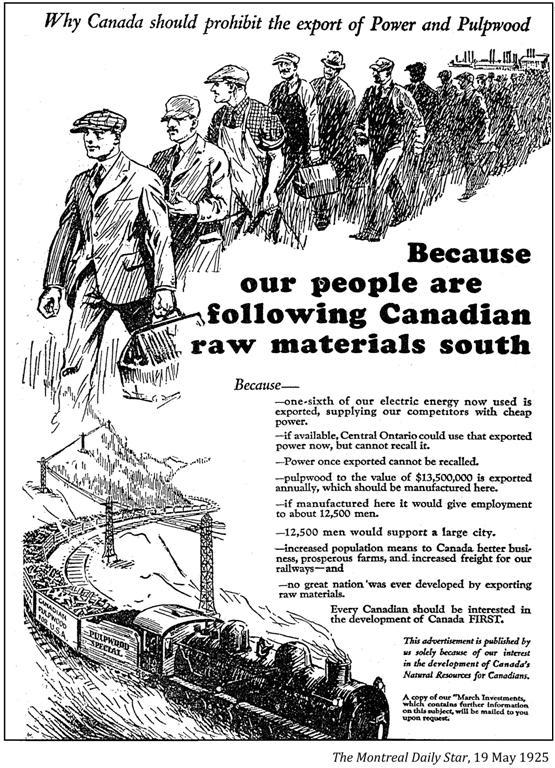


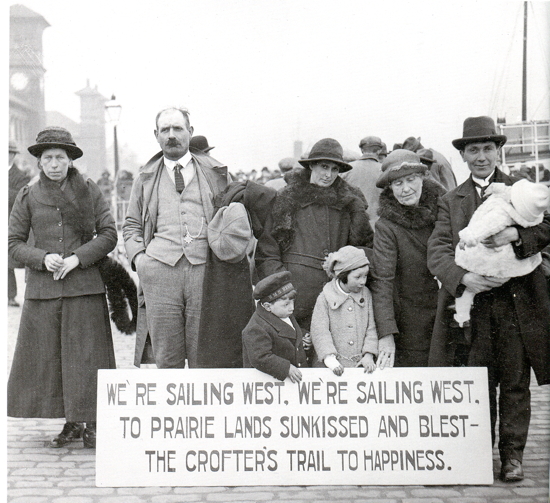
Scottish immigrants, about 1927. Canadian Pacific Railway Archives, CPR-NS8454


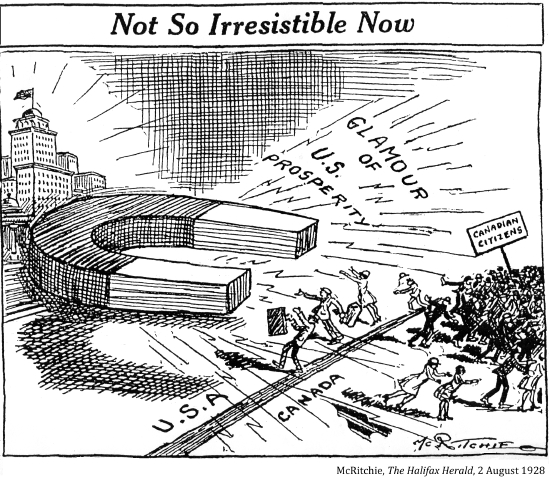

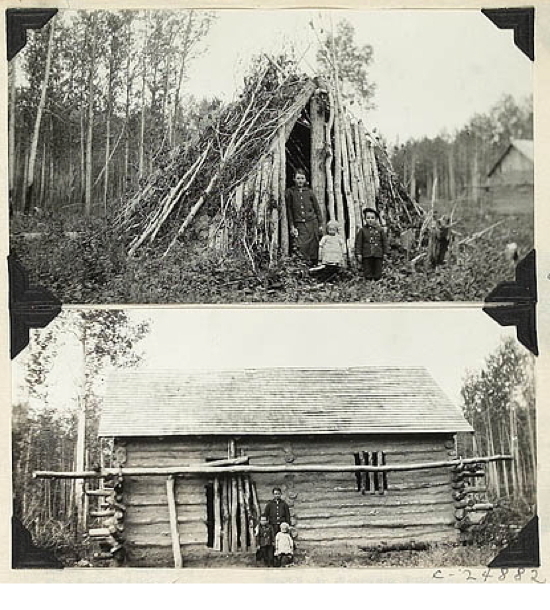
Family of Stefan Waskiewicz on homestead 1929-30 LAC, PA-186881
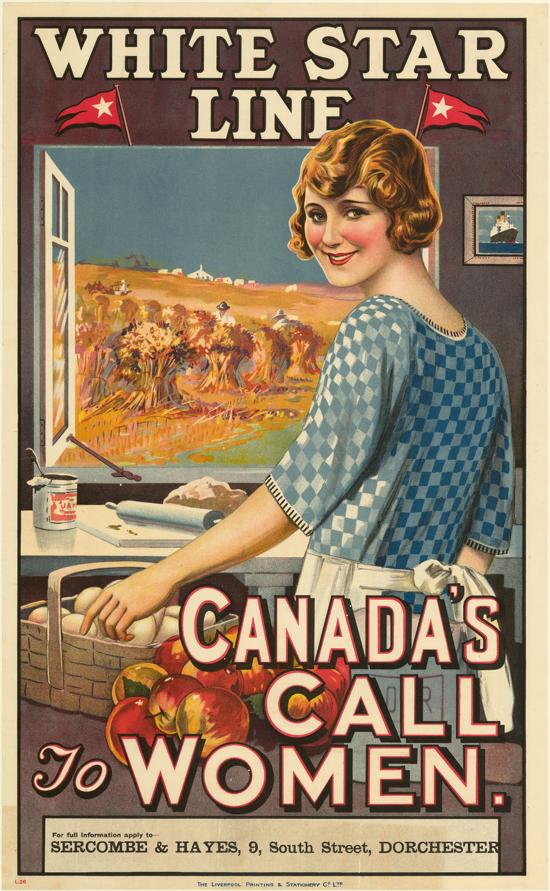
White Star Line - Canada's Call to Women. LAC, Acc. No. 1990-119-1, 1920/30


Ukrainian women cutting logs, Athabasca, Alberta. LAC, C-019134 C.N.R. ca. 1930
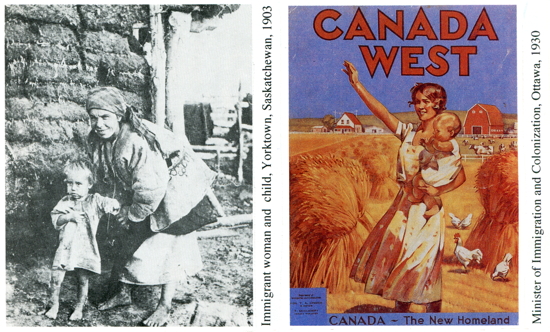
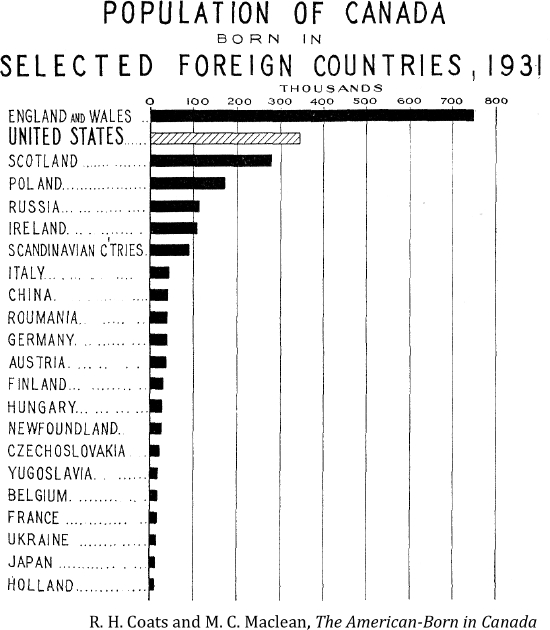
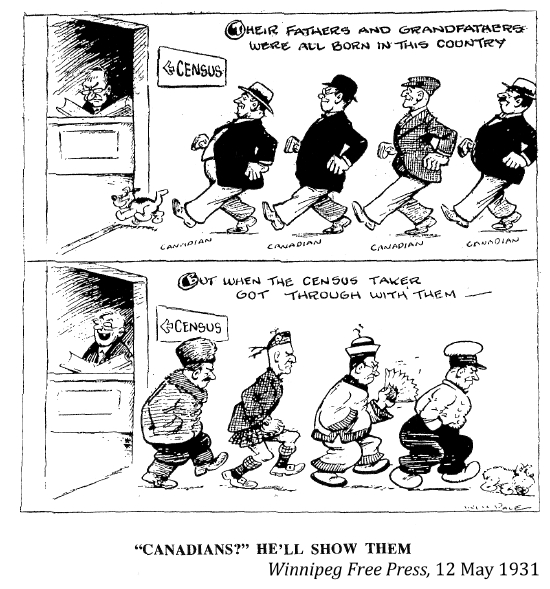




Poor family in front of log shack. Une pauvre famille devant une cabane au bois. Topley Studio, LAC PA-012761, n.d.

CANADIAN MOSAIC
The Making of a Modern Nation
By John Murray Gibbon
Toronto, McClelland and Stewart, 1938
CONTENTS
I. EUROPE, UNITED STATES AND CANADA
II. FRANCE AND CANADA
III. ENGLAND AND CANADA
IV. SCOTLAND AND CANADA
V. IRELAND AND CANADA
VI. WALES AND CANADA
VII. GERMANY AND CANADA
VIII. THE NETHERLANDS, BELGIUM AND CANADA
IX. SCANDINAVIA AND CANADA
X. THE EASTERN BALTIC AND CANADA
XI. POLAND AND CANADA
XII. UKRAINE AND CANADA
XIII. CZECHOSLOVAKIA AND CANADA
XIV. THE BALKANS AND CANADA
XV. HUNGARY AND CANADA
XVI. RUSSIAN AND CANADA
XVII. ITALY, SPANISH PENINSULA AND CANADA
XVIII. THE HEBREW AND CANADA
XIX. CEMENT FOR THE CANADIAN MOSAIC

"No country could open its doors wide enough to take in the hundreds of thousands of Jewish people who want to leave Europe; the line must be drawn somewhere."
Frederick Charles Blair, 1939
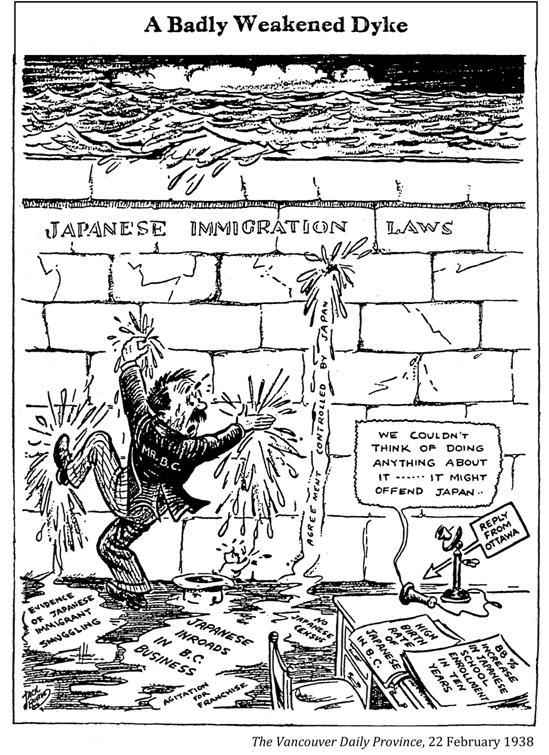








The United Nations Fight for Freedom. Office of War Information, Washington, D.C. featuring the Statue of Liberty and the flags of countries involved in the Allied war effort, LAC, Acc. No. 1981-32-16 Source: Harry Mayerovitch, Montréal, Québec S. Broder 1942







Mr. Lester B. Pearson addressing one of the committees at the United Nations Conference on International Organization in San Francisco. M. Lester B. Pearson s'adressant à l'un des comités à la Conférence des Nations Unies sur l'Organisation internationale, à San Francisco. LAC, C-018532 United Nations 1945


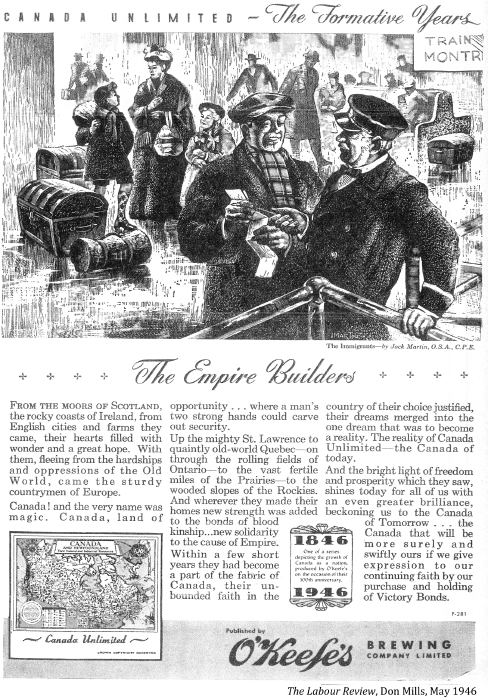
"I liken Canada to a garden . . . a garden into which have been transplanted the hardiest and brightest flowers from many lands, each retaining in its new environment the best of the qualities for which it was loved and prized in its native land."
John G. Diefenbaker










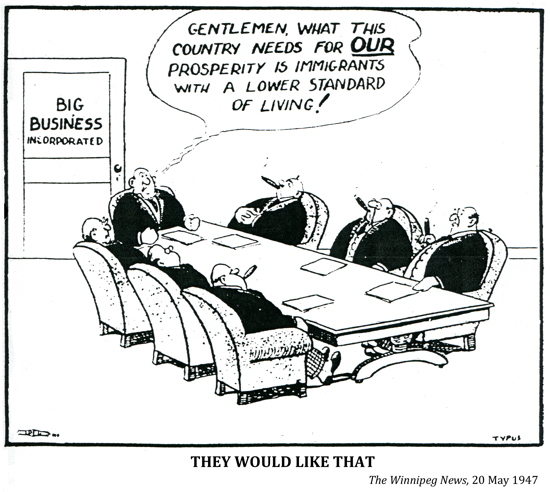

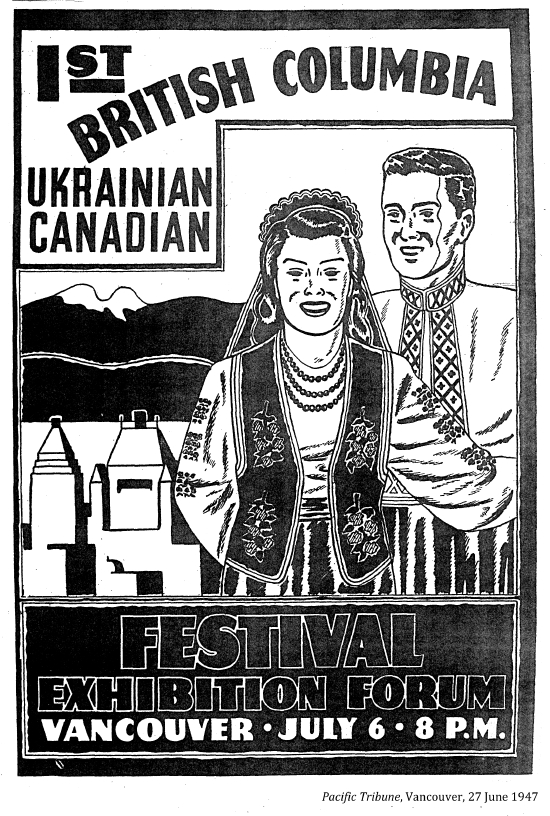

"Leave all your hates behind.
Bring us only your love."
Gregory Clark


"Is there a theme running through Canadian history? . . . So many of us here are descendants of a great migration of the unwanted and the disenfranchised, the landless and the persecuted, that it has shaped the collective identity . . . We are the children of those who stayed, the desperate, the adventurous, and those who sought nothing more than a better life for their children . . . The river that runs through Canadian history is a current of refuge and hope."
Marc Starowicz, Making History
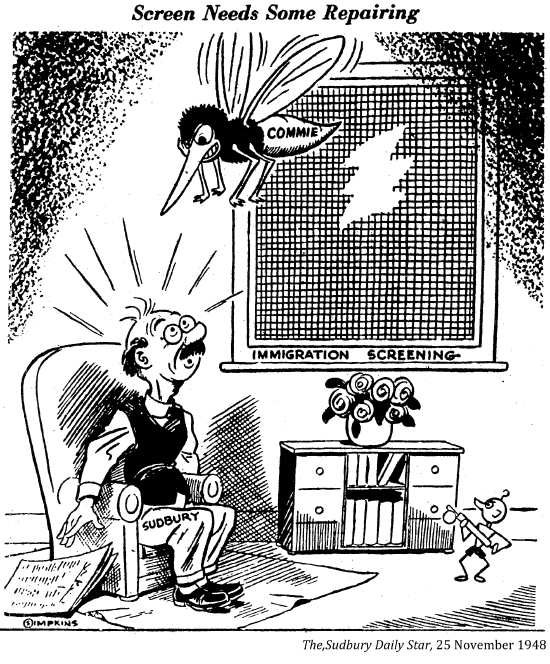




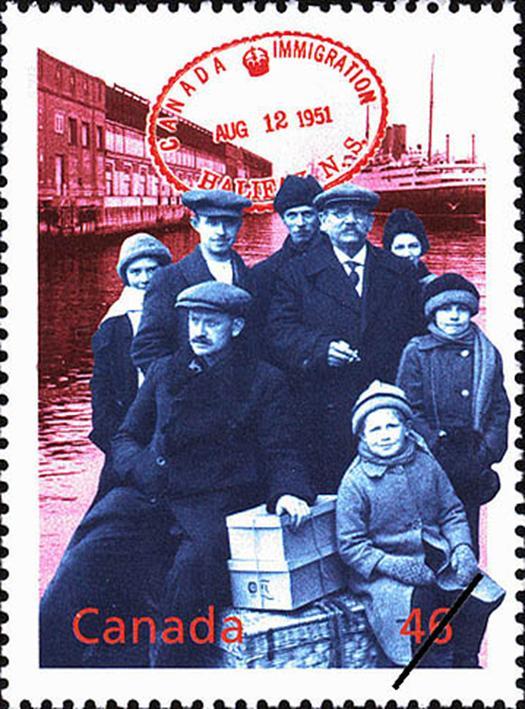
Pier 21, Library and Archives Canada/C-0063256



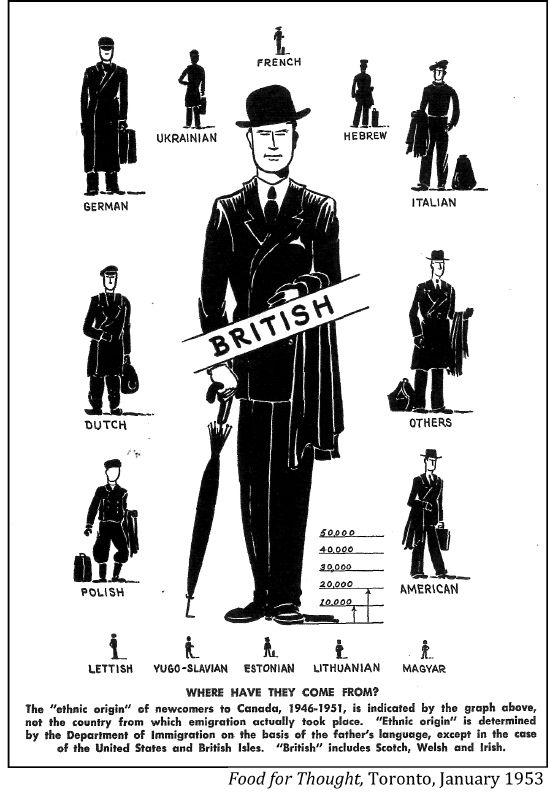

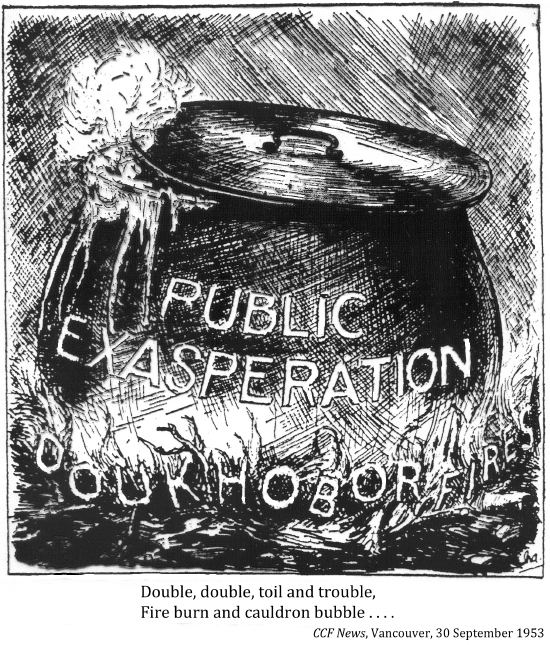

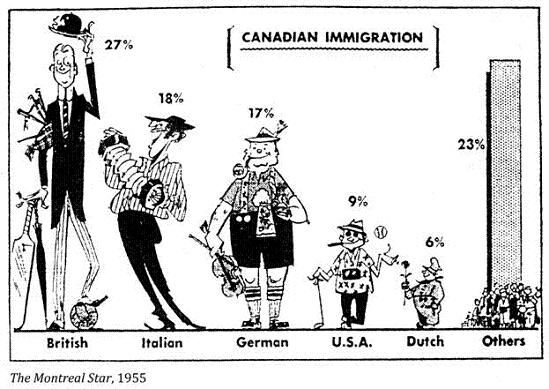




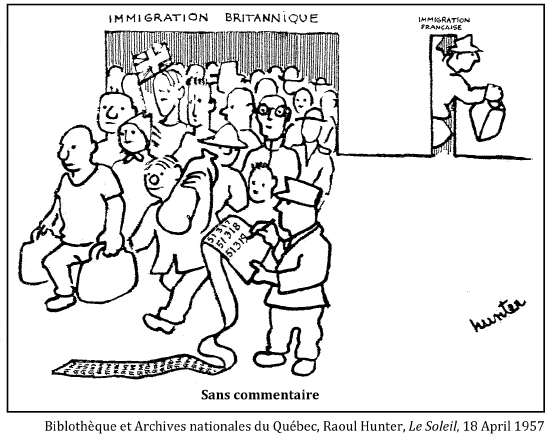



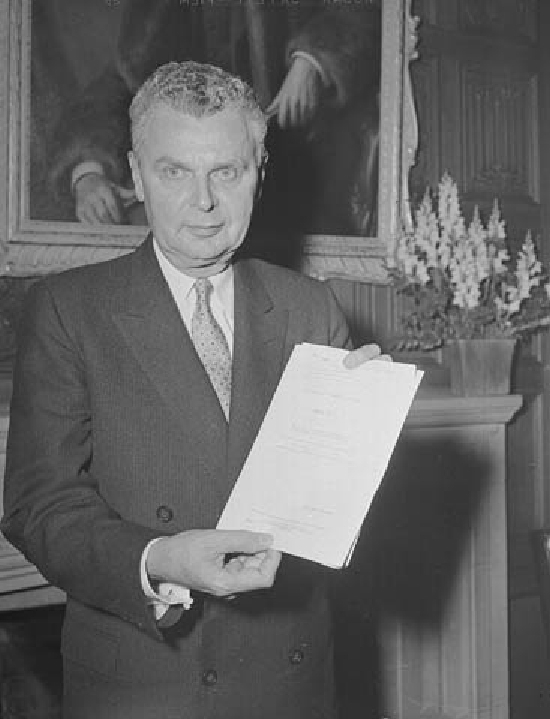
Prime Minister John G. Diefenbaker with "Bill of Rights". Le Premier ministre John G. Diefenbaker avec "déclaration des droits". LAC, PA-112659, Duncan Cameron 5 September 1958


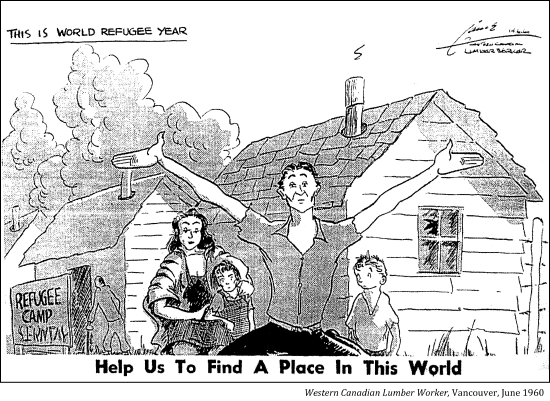







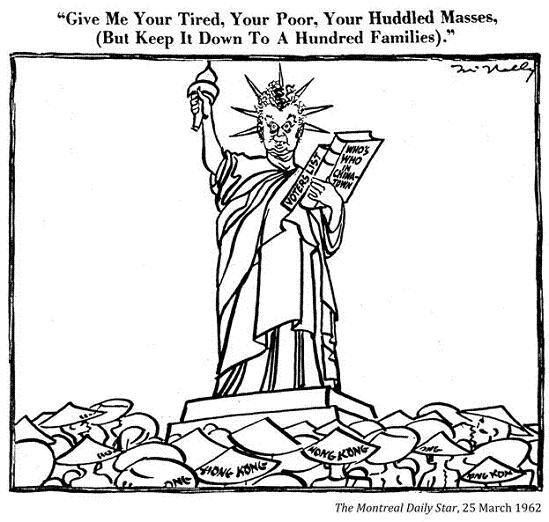
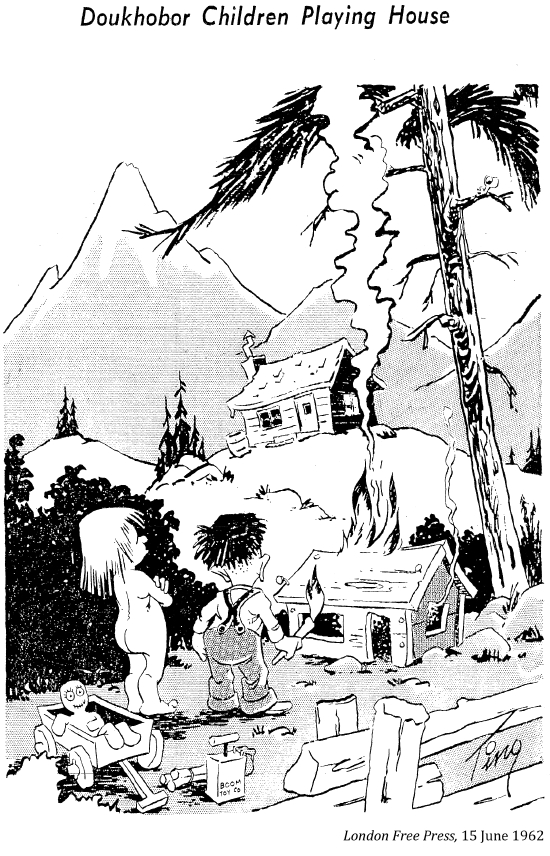


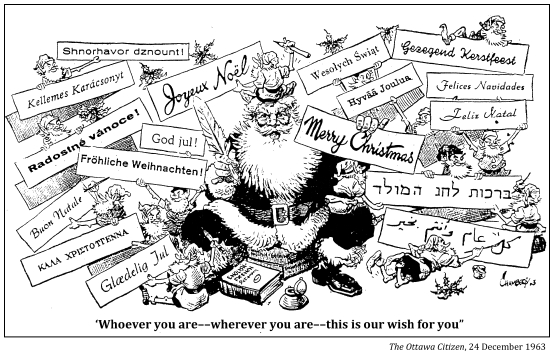

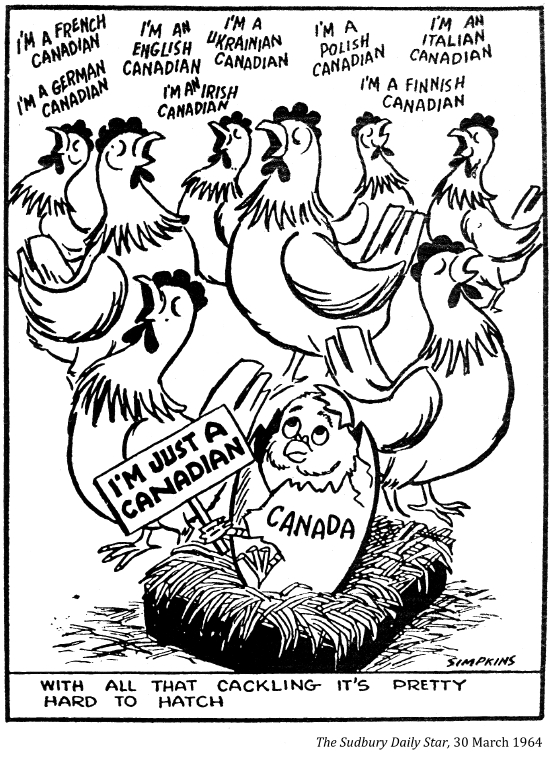


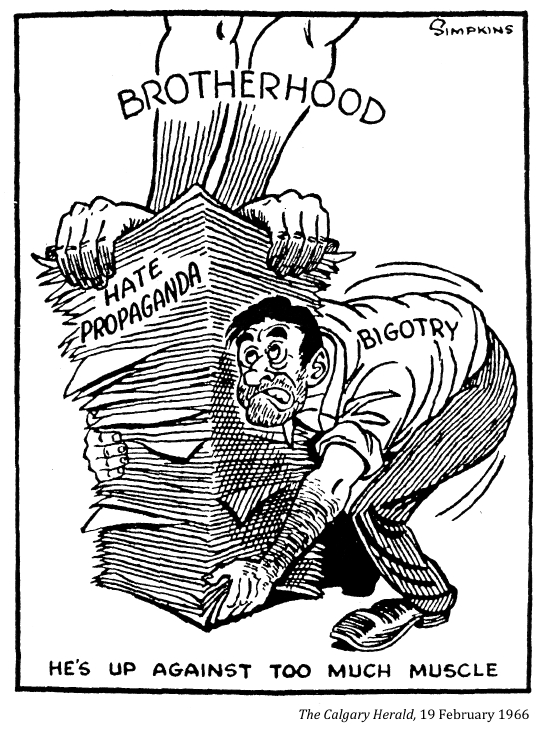
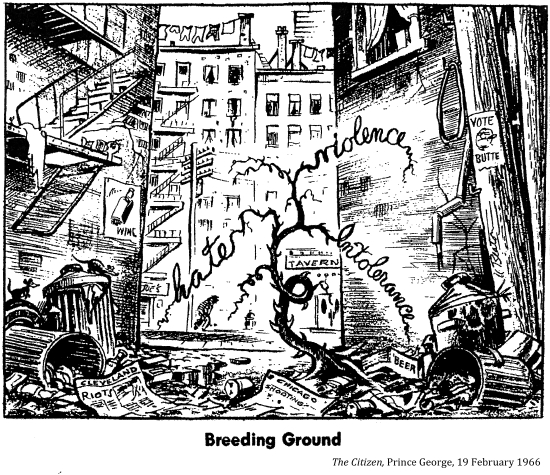

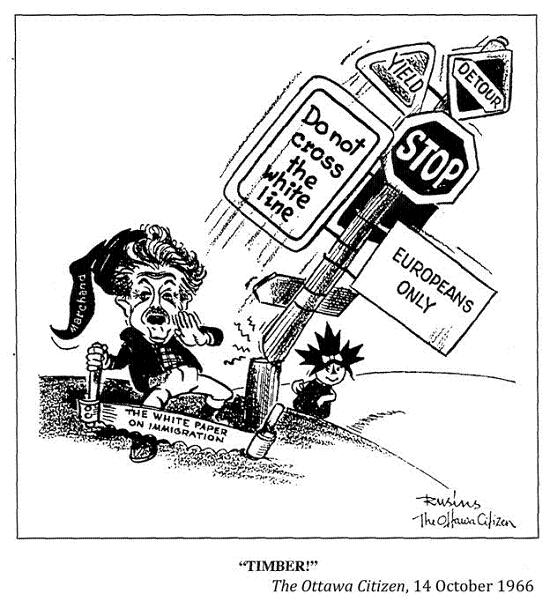
"It [the Immigration Bill] is non-discriminary. It establishes principles and procedures that can and will operate entirely without regard to race, colour or creed."
Hon. Jean Marhand, Debates House of Commons, 14 October 1966

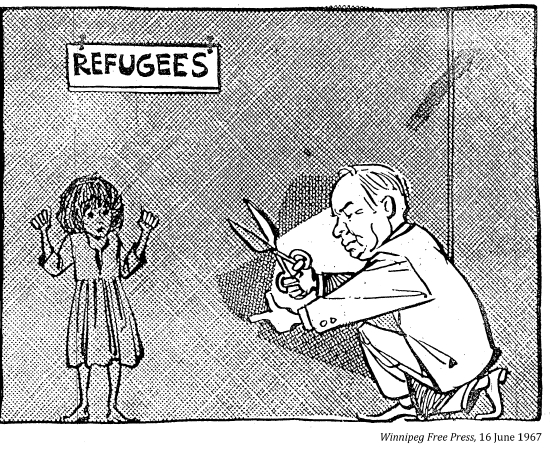
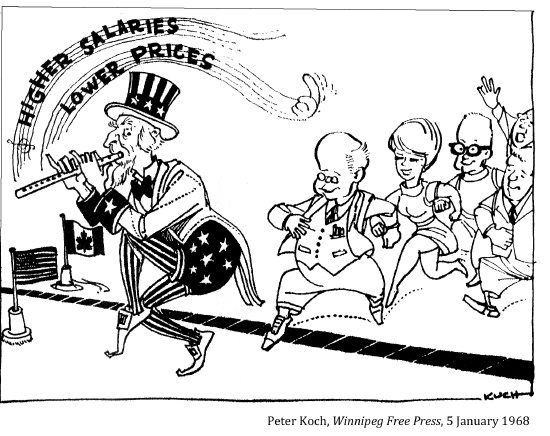



"For the past 150 years nationalism has been a retrograde idea. By an accident Canada has found itself approximately seventy-five years ahead of the rest of the world in the formation of a multinational state and I happen to believe that the hope of mankind lies in multiculturalism."
Pierre Elliot Trudeau
"Canada was the first country in the world to pass a national Multicultural Act and the first to establish a Department of Multiculturalism. The word 'multiculturalism' itself was coined in Canada."
Will Ferguson, Why I Hate Canadians
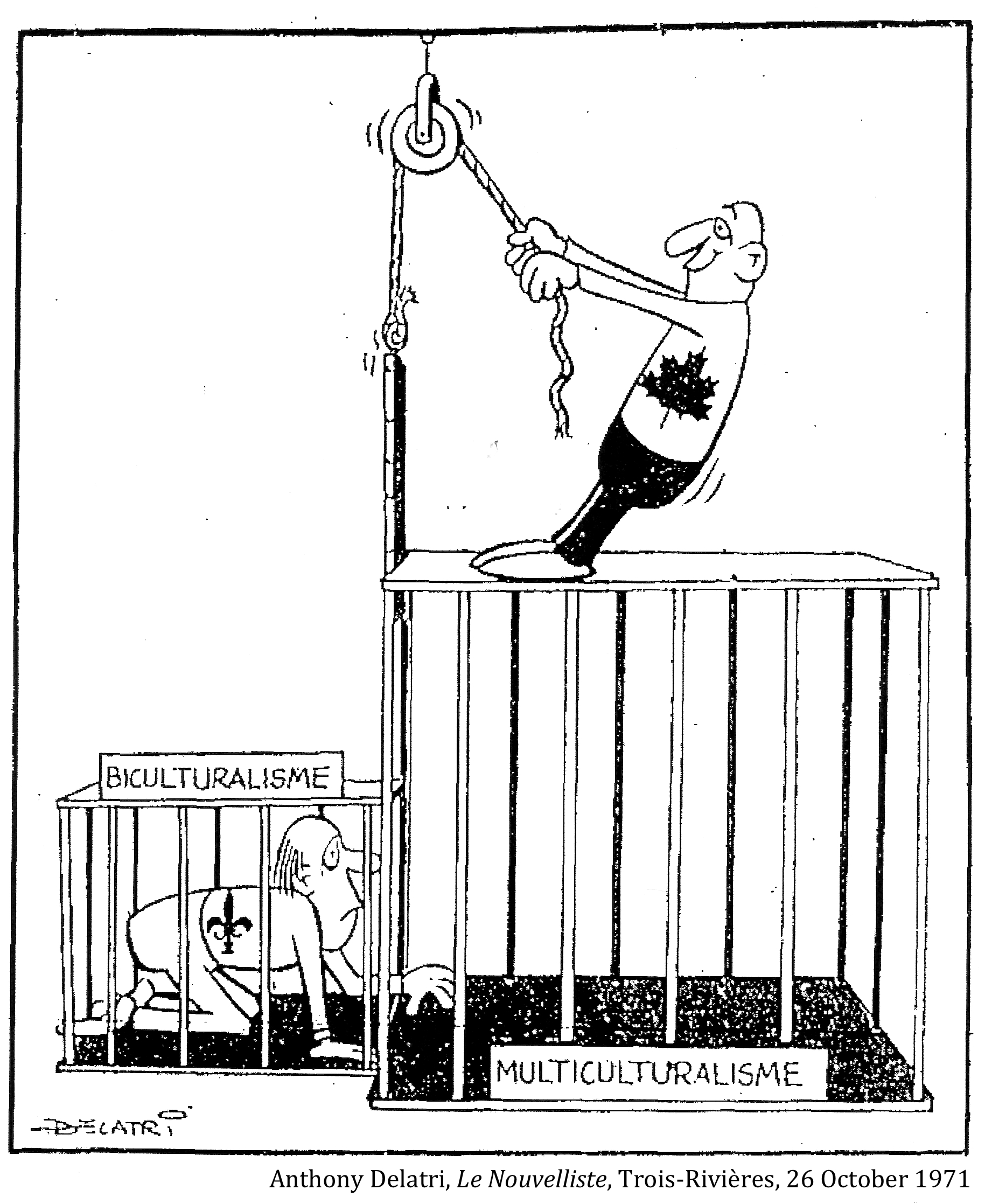
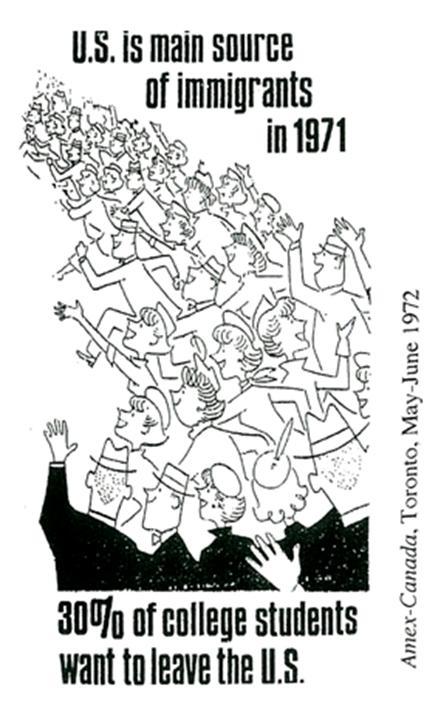


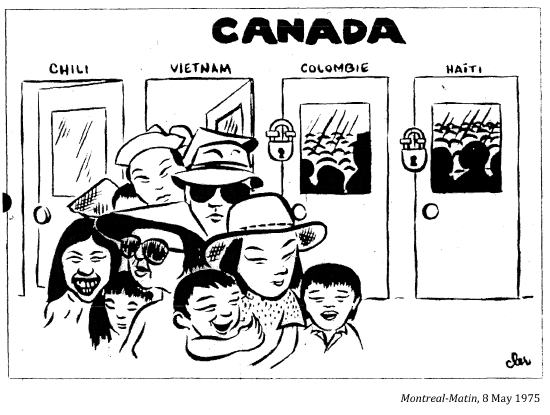



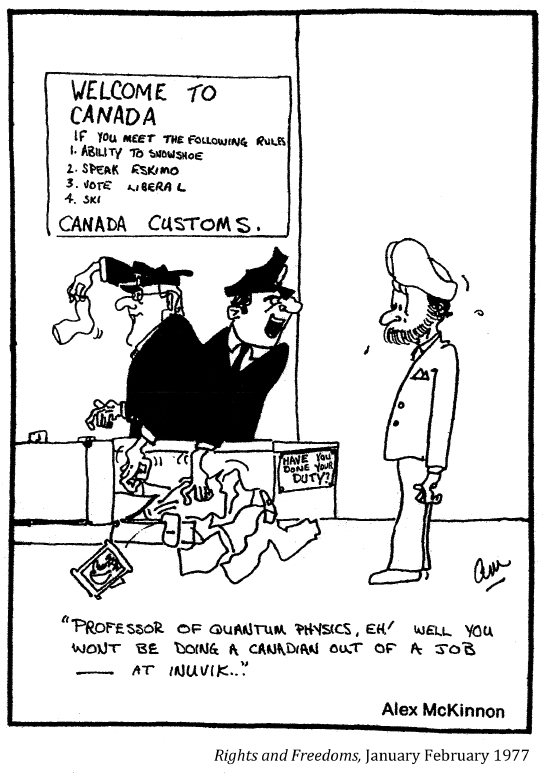


"Our great advantage, over other nations, is our tradition of diversity, which was born of the historic necessity of English-and French-speaking Canadians working together and which blossomed into a basic respect for the multitude of cultures which make up Canada."
Joe Clark
"I think of Canada now as a river. A river is always changing and becoming something else. If you watch what is happening in Toronto you are going to get a picture of what is happening to all Canada and how it will move over the next 50 years."
Morley Callaghan


Copyright; Canadian Post Corporation, 1987, e000008290
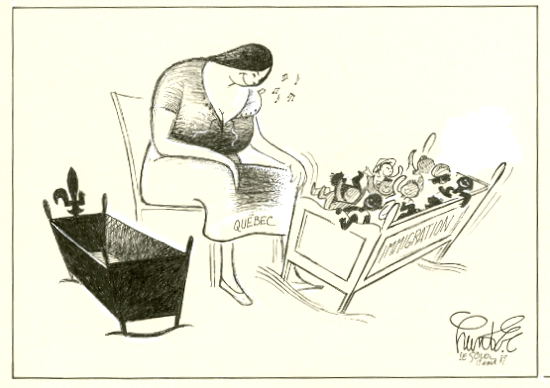
Raoul Hunter, Le Soleil, 17 August 1987, National Archive of Quebec
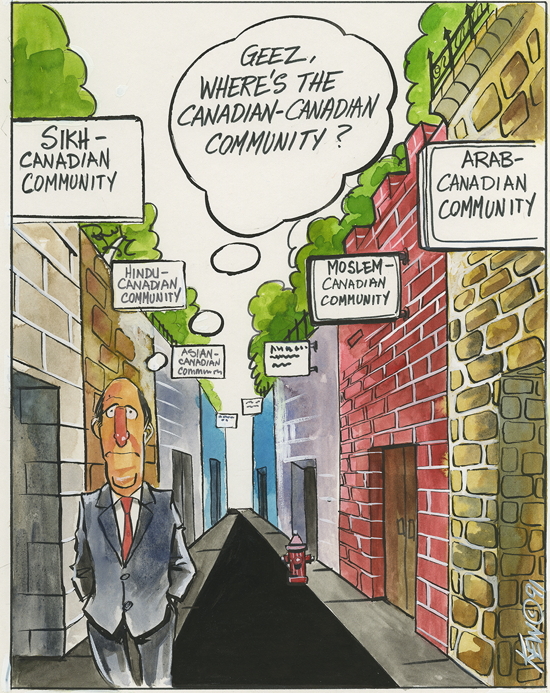
1991 08 19, Provincial Archives of Alberta, PR1998.0870.0502

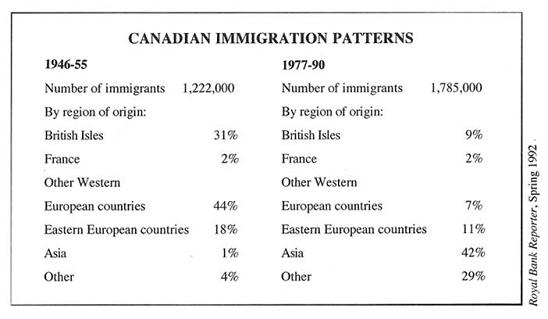

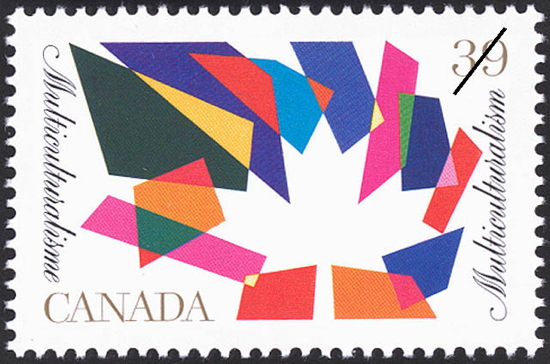
LAC Canadian Post Corporation

LAC 1995 Canada Post Corporation, e000008781
"Canada has no cultural unity, no linguistic unity, no religious unity, no economic unity, not geographic unity! All it has is unity."
Kenneth Boulding, 1957
"For although there are two official languages, there is no official culture, nor does any ethnic group take precedence over any other. No citizen or group of citizens is other than Canadian, and should be treated fairly."
Pierre Elliot Trudeau, 1971
"We have in Canada the ability to bring together two European peoples, complemented by cultures from all around the world, and with an indigenous population that has been here for tens of thousands of years. We have the ability to create a culture that will be different from others because we will take from each other and we will give to each other, but we will not have to crush each other."
George Erasmus, 29 November 1990
"The single issue of immigration and citizenship diversity . . . is based on the idea of a an inclusive circle that expands and adapts as new people join us."
John Ralston Saul
"Canada has an aboriginal past, a bilingual present and a multicultural future."
Gary Filmon, 1990
"We have forgotten that one cannot forge a nation by encouraging separateness under the rubric of multiculturalism. A person's roots are a private matter, not a subject of public subsidy."
Barbara Amiel, 1990

McGill Daily, Montreal, 16 January 1996
"For me, there is a unifying idea of the Canadian experience. We are the debris of history. We are the children of the expelled, the persecuted, the abandoned and the marginal . . . its not blood that unites us, its the experience of refuge."
Mark Starowicz, The Globe and Mail, 20 September 2000
"Canada is today the most successful pluralist society on the face of the globe. That is something unique to Canada. It is an amazing global asset."
Aga Khan IV, 2002
Canadian Immigration 1860-2010

Visible Minorities
Population of Canada, 2016 34.46 Million
Visible minorities
(other than aboriginal) 7.67
South Asian 1.92
Chinese 1.52
Black 1.20
Fillipino .780
Latin America .447
Arab .523
South East Asian .313
West Asian .264
Korean .188
Other
(visible not indicated) .132
Multiple visibleness .232
1961 less than 1% 1 in 100
1981 4.7%
1991 9.4%
2001 13.4%
2011 19.1%
2016 22.2%
2020 1 in 3
Source: National Post, 10 June 2020
|



























































































































































































































































